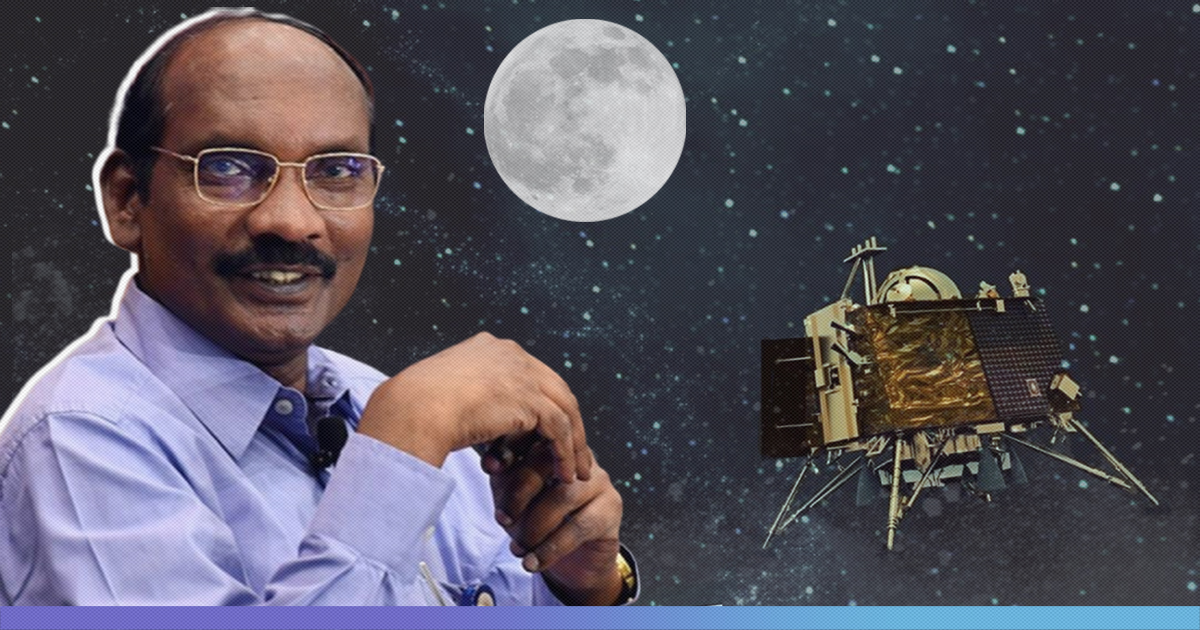As the Vikram Lander continues to remain on the lunar surface for four days now, the Indian Space Research Organisation (ISRO) is making all possible efforts to establish communication with the lander.
#VikramLander has been located by the orbiter of #Chandrayaan2, but no communication with it yet.
All possible efforts are being made to establish communication with lander.#ISRO— ISRO (@isro) September 10, 2019
ISRO Chairman K Sivan has said that the space agency will try to establish the link with the Vikram Lander after the orbiter’s camera identified it on the lunar surface. The space agency has ten more days as the mission is set for 14 days, which is equivalent to one lunar day.
Vikram lander, named after the father of Indian space programme Vikram Sarabhai, was expected to make a soft-landing on the lunar surface on Friday, September 6. The Lander went out of contact early Saturday morning while attempting to land near the south pole of the Moon. Vikram, which houses the six-wheeled Chadrayaan-2 rover Pragyaan, lost touch with the mission command centre in Bengaluru when it was just 2.1 km above the lunar surface.
Although ISRO is analysing the data, it is speculated that the Lander may have travelled at a faster pace than planned and experienced a hard-landing reported Hindustan Times.
“The last mile is always considered the most tricky part of the mission,” Sivan told the media describing the final moments of the Lander’s touch down on the Moon’s surface as the most ‘terrifying’ part of the mission.
Landing Vikram and Pragyaan on the Moon was just one part of the Chandrayaan-2 mission. A majority of the experiments are located on the orbiter, which is safe and is revolving around the Moon. The orbiter will conduct a total of eight experiments. One of the experiments is to estimate the quantity of frozen water present in the Moon’s south polar region.
ISRO says the mission had already achieved 90-95 per cent of its objectives and would contribute to lunar science.
“The success criteria were defined for each and every phase of the mission and till date, 90 to 95 per cent of the mission objectives have been accomplished and will continue to contribute to Lunar science, notwithstanding the loss of communication with the Lander,” said ISRO in a statement.










